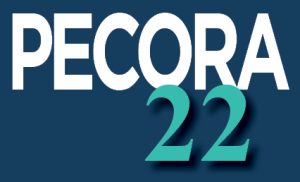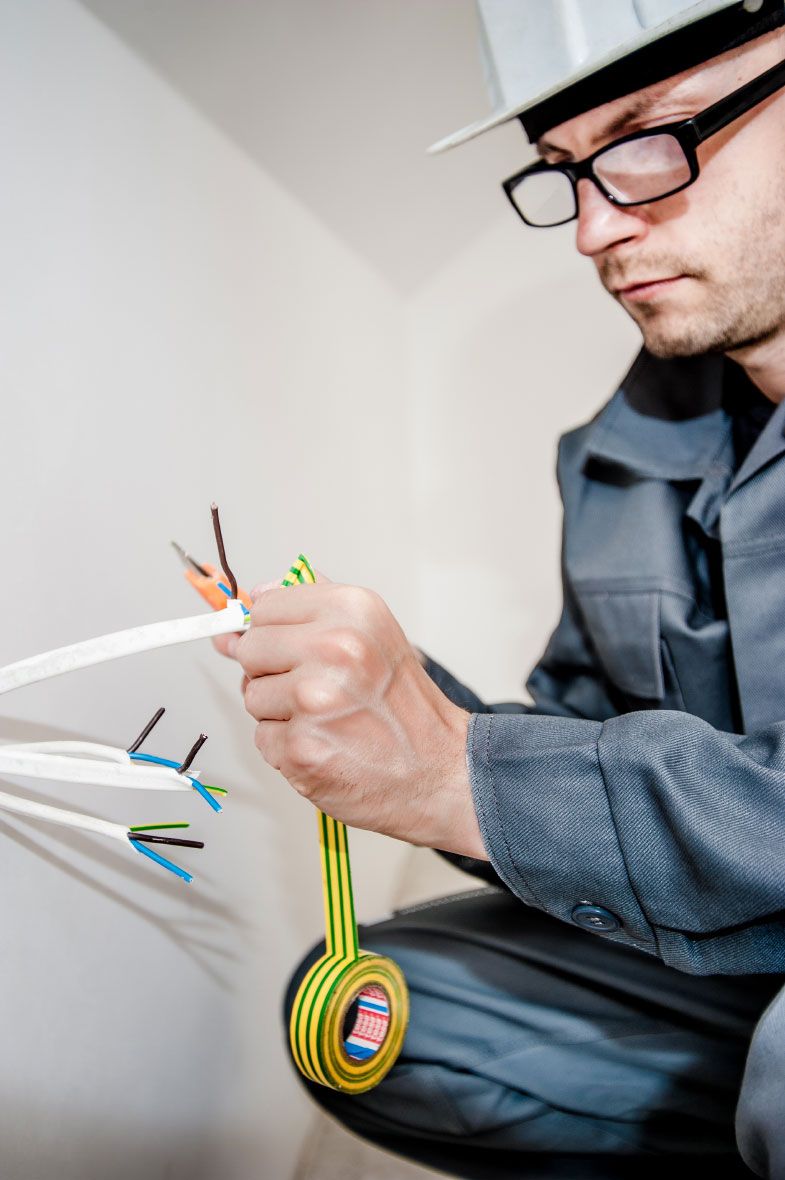ABOUT
Opening the Aperture to Innovation:
Expanding Our Collective Understanding of a Changing Earth
The 22nd William T. Pecora Memorial Remote Sensing Symposium (Pecora 22) will convene in Denver, Colorado, USA from October 23 – 28, 2022. The conference will be hosted by NASA and the USGS, with an overarching theme of Opening the Aperture to Innovation: Expanding Our Collective Understanding of a Changing Earth, which embraces both the innovations and discoveries that resulted from 50 years of Landsat Earth observations, and also current and future innovations in science and technology that are contributing to our ability to improve our understanding and better manage the Earth’s environment.
Pecora 22 is the latest in a series of Symposia named after William T. Pecora, the USGS Director who helped initiate the Landsat program in the 1960s. The Pecora Symposium series was established by the USGS and NASA in the 1970s as a forum to foster the exchange of scientific information and results derived from applications of Earth observing data to a broad range of land-based resources, and to discuss ideas, policies, and strategies concerning land remote sensing. Pecora 22 will play host to a range of remote sensing experts and scientists from federal agencies, non-governmental organizations, universities and industry.
The Technical Program, while we will be celebrating the remarkable Landsat legacy, Pecora 22 sessions will address the broader spectrum of Earth observation programs, technologies, and investigations. Landsat marks the initial civilian Earth observation step, but since then, the technology, science, and applications of Earth imagery have grown rapidly and there is now a thriving global community with dozens of ongoing governmental and commercial missions that are feeding scientific discovery and operational applications that are aiding our ability to understand critical global issues. The growth of Earth observation missions, improvements in data characteristics, the adoption of data policies that have democratized access to Earth imagery, and advances in computing and data processing algorithms, collectively contribute to the unprecedented innovation and problem solving. The impacts of these have led to more informed natural resources management, policy-relevant decision making, and ultimately objective scientific discourse and understanding.
The William T. Pecora Award, presented annually to individuals or groups that make outstanding contributions toward understanding the Earth by means of remote sensing, will also be presented to the 2022 winners at a special session during the Symposium.
Pecora 22 will afford many unique opportunities for interaction and collaboration among a diverse and international community of remote sensing experts and scientists.
The overall Pecora 22 Conference Program will be organized around the following four session themes:
Observing the earth for the benefit of all: This theme is inspired by the title borrowed from Department of the Interior Secretary Stewart Udall’s 1966 announcement of Project EROS and explores the role of Earth observations (EO) in understanding and managing the changing Earth with a focus on science and applications in agriculture, forestry, land cover, urban and regional studies, water resources, geology, hazards, public health, etc. This includes applications-oriented topics that influence decision making processes at international, federal, state, local, tribal and territorial levels.
A half-century of discovery: The scientific discoveries and technical innovations enabled by Pecora’s vision. William Pecora argued that “if our ability to find and efficiently utilize resources does not accelerate…., the industrial civilization that we enjoy will crumble within a few decades.” This theme explores the major breakthroughs and trends evolving from the beginning of the civil remote sensing era to today’s collaborative world of multi-mission synergy. Consider the analogy that Landsat is the original civilian EO tree, which has given rise to a forest of other “trees” that include the European Copernicus Program, especially Sentinel-2, and other international EO programs, and a growing number of commercial missions. This theme specifically focuses on what we know now that we did not know before 1972, and what new discoveries are awaiting.
Exploring the state of the art: This theme focuses on the technical evolution of the EO trees and branches due to current and emerging breakthroughs in EO science and technology, such as cloud computing tools for efficient management and processing of geospatial data (e.g., Google Earth Engine, Amazon Web Service); novel artificial intelligence and machine learning algorithms; data synergy and intercalibration between satellite constellations (e.g., Landsat-Sentinel Harmonization products); Analysis Ready Data from state-of-the-art sensors (multispectral, spectrometer, radar, lidar); scaling from field to airborne and satellite observations; near real-time, large-area EO-derived data products (e.g., Global Forest Watch); and novel web-based tools and user-friendly interfaces that are facilitating the efficiency and effectiveness of researcher-stakeholder engagement.
The next 50 years: This theme addresses the future and considers the next steps in widening the aperture to innovation and expanding the benefits of EO through investigations of critical societal issues, including climate change, population growth, and public health challenges. Scientific, technical and policy topics will be explored that enables growing strong branches on the EO tree that fosters collaboration and ultimately enables expanding the impact of US, international, and commercial EO programs. Of special interest are NASA Earth System Observatory concepts that serve as pathfinders for the future.
The 22nd William T. Pecora Memorial Remote Sensing Symposium (Pecora 22) will convene in Denver, Colorado, USA from October 23 – 28, 2022. The conference will be hosted by NASA and the USGS, with an overarching theme of Opening the Aperture to Innovation: Expanding Our Collective Understanding of a Changing Earth, which embraces both the innovations and discoveries that resulted from 50 years of Landsat Earth observations, and also current and future innovations in science and technology that are contributing to our ability to improve our understanding and better manage the Earth’s environment.
Pecora 22 is the latest in a series of Symposia named after William T. Pecora, the USGS Director who helped initiate the Landsat program in the 1960s. The Pecora Symposium series was established by the USGS and NASA in the 1970s as a forum to foster the exchange of scientific information and results derived from applications of Earth observing data to a broad range of land-based resources, and to discuss ideas, policies, and strategies concerning land remote sensing. Pecora 22 will play host to a range of remote sensing experts and scientists from federal agencies, non-governmental organizations, universities and industry.
The Technical Program, while we will be celebrating the remarkable Landsat legacy, Pecora 22 sessions will address the broader spectrum of Earth observation programs, technologies, and investigations. Landsat marks the initial civilian Earth observation step, but since then, the technology, science, and applications of Earth imagery have grown rapidly and there is now a thriving global community with dozens of ongoing governmental and commercial missions that are feeding scientific discovery and operational applications that are aiding our ability to understand critical global issues. The growth of Earth observation missions, improvements in data characteristics, the adoption of data policies that have democratized access to Earth imagery, and advances in computing and data processing algorithms, collectively contribute to the unprecedented innovation and problem solving. The impacts of these have led to more informed natural resources management, policy-relevant decision making, and ultimately objective scientific discourse and understanding.
The William T. Pecora Award, presented annually to individuals or groups that make outstanding contributions toward understanding the Earth by means of remote sensing, will also be presented to the 2022 winners at a special session during the Symposium.
Pecora 22 will afford many unique opportunities for interaction and collaboration among a diverse and international community of remote sensing experts and scientists.
TESTIMONIALS

We had floods in our town and we lost our electricity. You and your team got us back up and running in no time. Thanks Avada!

You we’re very professional and quick. We will recommend your services to our friends.

Thank you for your very professional and promt response. I wish I had found you before I spent money on a competitors theme.
Request More Information
Enter your information to join our mailing list.
WHEN
October 23-27, 2022
WHERE
Hilton City Center
Denver, CO
REGISTRATION




